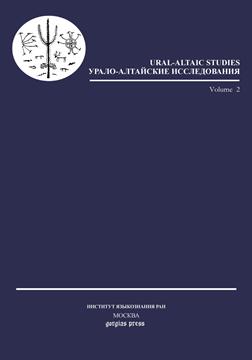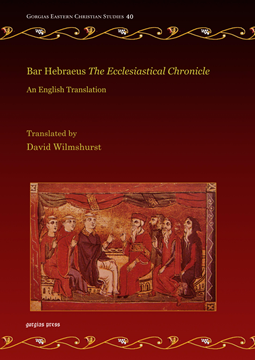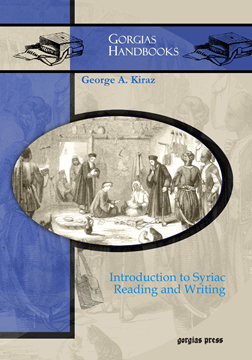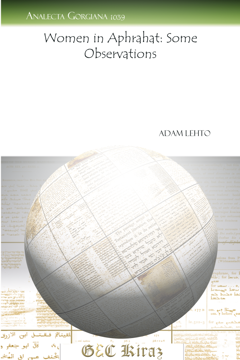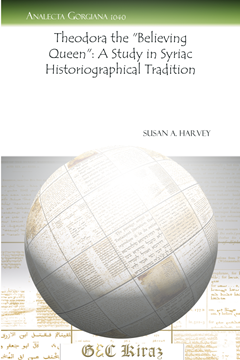Ural-Altaic Studies 1 (2) 2010
Series: Ural-Altaic Studies 2
ISBN: 978-1-4632-0082-4
The journal "Ural-Altaic studies" is concerned with linguistic matters, connected with the Uralic and Altaic languages. It is bilingual; all papers are published in both Russian and English.
$61.00 (USD) $36.60 (USD)
Bar Hebraeus The Ecclesiastical Chronicle
An English Translation
Translated by David Wilmshurst
Series: Gorgias Eastern Christian Studies 40
ISBN: 978-1-4632-0535-5
The Ecclesiastical History of Bar Hebraeus is an important source for the history of the Syrian Orthodox Church and the Church of the East. It deserves to be widely read, but has never before been fully translated into English. David Wilmshurst, a noted historian of the Church of the East, has now provided a graceful and accurate English translation of the Ecclesiastical History, with the aim of winning this important text the readership it deserves. Wilmshurst's elegant translation is complemented by a well-informed and helpful introduction, several pages of maps and a comprehensive index of places and persons.
$229.00 (USD) $137.40 (USD)
Introduction to Syriac Reading and Writing
Series: Gorgias Handbooks 23
ISBN: 978-1-4632-0085-5
This volume introduces the letters of the Syriac alphabet a few at the time, and each set of letters is accompanied by guides to pronunciation and the correct way to write the letters, including helpful charts and illustrations. Practice exercises at the end of each section provide the user with copious opportunities for review to facilitate rapid acquisition. This volume will be helpful to all who want to learn the basics of Syriac pronunciation and orthography without being inundated with technical linguistic jargon. The volume is an extract of Chapter 1 of Kiraz’s The New Syriac Primer.
$31.00 (USD) $18.60 (USD)
Women in Aphrahat
Some Observations
By Adam Lehto
Series: Analecta Gorgiana 1039
ISBN: 978-1-4632-0087-9
Fourth-century Aphrahat is characterized as misogynist, especially when he compares women to Satan. This may be an unintended result of contemporary Christian literature. The the eschatological context of Aphrahat’s asceticism, salvific role of Mary, victimization in Aphrahat’s work, and positive statements about women negotiate this view.
$35.00 (USD) $21.00 (USD)
A Study in Syriac Historiographical Tradition
Series: Analecta Gorgiana 1040
ISBN: 978-1-4632-0088-6
Syriac tradition remembers sixth century Byzantine emperor Justinian I as the harsh persecutor of the faithful, while his wife Theodora is revered as the “believing queen”, champion and protectress of the dissenting non-Chalcedonian church.
$36.00 (USD) $21.60 (USD)
The Essential Lightness of Being
Series: Analecta Gorgiana 1041
ISBN: 978-1-4632-0089-3
This is a preliminary study of aspects of the spiritual development of Hindiyya ‘Ajaymi, a Syro-Lebanese religious woman who lived from 1727–98. Highlights include her mystical experiences as well as later compositions for her religious community.
$36.00 (USD) $21.60 (USD)
